Lab-grown Meat from Stem Cells Could Replace Livestock
The first strips of artificial muscle grown in the lab heralds an eventually replacement of livestock with a food vending machine that have featured in Star Trek and other science fiction stories.
But would you eat a hamburger made from this stuff? Dutch scientists harvested stem cells and re-programmed them to create tiny strips of muscle tissue in the lab. The small pieces of white muscle produced were about 1cm wide, 2cm long and about 1 mm thick. The strips had an off-white color and resembled strips of calamari (squid).
The researchers aim to further develop the concept by mixing the meat strips with blood and artificially grown fat to produce a lab-grown hamburger later in the year. The aim of the research is to develop a much more efficient way of making meat and animal protein than rearing animals for meat and protein.This meat may be acceptable to vegetarians.
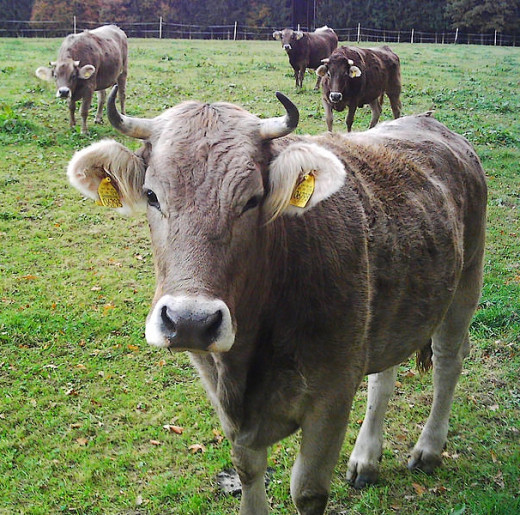

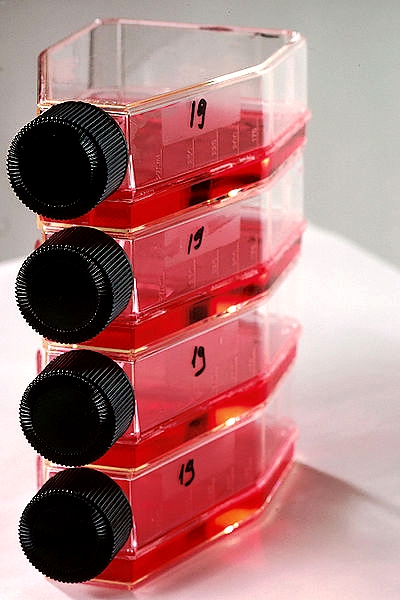
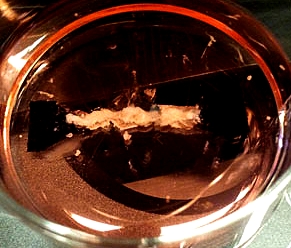
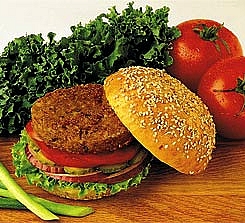

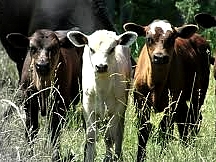
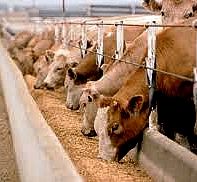
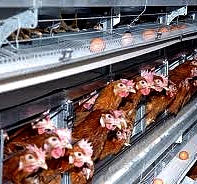
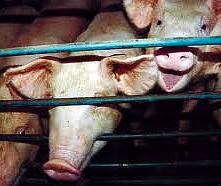
The researchers have claimed that this synthetic lab-grown meat could reduce the environmental footprint of meat by up to 60%.
This would be a major saving of resources and would help future generations find a solution to food shortages.
Many food scientists now believe that the current methods of producing food are unsustainable and will fail to deliver what is needed.
It has been estimated that world food production will have to more than double within the next 50 years to meet the requirements of the ever expanding population of the world.
During the next 50 years, climate change, droughts, soil loss, urbanisation, pollution and water shortages will make it more and more difficult to produce enough food, especially animal protein.
Meeting the soaring demand for meat in Africa and Asia will be very difficult as demand from these regions for meat will expand rapidly as living standards rise.
The researchers believe that lab-grown meat could be an excellent solution, produced from relatively inexpensive food factories using cell culture techniques.
The researchers also claim that lab-grown meat will help reduce land pressures and the threat of lost species and biodiversity.
The world has already reached a critical threshold in terms of the availability of arable land.
More and more poor quality land is being cleared for agriculture with the loss of rainforest and other natural land areas rich in biodiversity that are important as carbon stores and carbon sinks.
Lab-grown meat is potentially a much more efficient way of producing meat that the old fashioned way of grazing animals such as beef, sheep, pigs, goats and chickens.
Currently, about 100g of vegetable protein is required in the feed fed to pigs or cows to generate 15g of animal protein.
This natural process only has an efficiency of 15%, and is very wasteful in terms of the vegetable protein.
The researchers claim that once the processes have been refined and developed for large scale factory production, synthetic meat could be made with an equivalent efficiency of 50%.
The vegetable protein could be derived from a variety of sources beyond what is palatable for livestock, and could include various vegetable fiber sources and even recycled vegetable sources.
It was also claimed that lab-grown meat could potentially reduce the environmental footprint of livestock by as much as 60%.
So what does the lab-grown meat taste like? The researchers have said that the raw product is very bland as it lacks the blood and flavors of real meat.
Obviously various artificial flavors need to be added to the meat strands to make them palatable, but this is already done for a vast range of other products including the veggie-burger and other met substitutes.
Lab-grown meat also offers the chance of eliminating all the pain and suffering of factory farmed and caged animals and cruel slaughtering methods.
Various vegetarian lobby groups have condemned the idea as wasteful and unnecessary as all the benefits could be achieved if people simply ate less meat.
There are a huge range of plant-based meat alternatives that are growing in popularity throughout the world.
© janderson99-HubPages
Would You Eat Lab-Grown Meat?
© 2012 Dr. John Anderson







